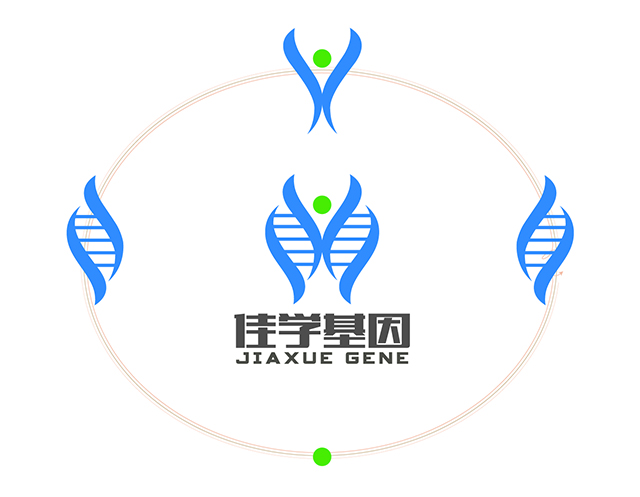【佳学基因检测】患者群体增加的富集设计
品牌基因检测中心引言
研究成人肿瘤与儿童肿瘤基因检测序列的异同点体会到《Contemp Clin Trials》在. 2015 May;42:60-7.发表了一篇题目为《患者群体增加的富集设计》肿瘤靶向药物治疗基因检测临床研究文章。该研究由Bo Yang, Yijie Zhou, Lanju Zhang, Lu Cui等完成。促进了肿瘤的精准治疗与个性化用药的发展,进一步强调了基因信息检测与分析的重要性。
肿瘤靶向药物及精准治疗临床研究内容关键词:
生物标志物,富集设计,整体治疗效果,筛选,两步设计,加权估计器
肿瘤靶向治疗基因检测临床应用结果
临床试验可以针对可能对治疗更敏感的亚群进行丰富,以提高试验成功的机会。 2012 年,FDA 发布了促进富集设计的指南草案,其中指出了亚群分类和已确定亚群之外的治疗效果的不确定性。基因解码基因检测考虑了一种新的设计策略,其中确定的亚群(生物标志物阳性)被一些生物标志物阴性的患者增加。具体来说,在充分支持生物标志物阳性亚群后,基因解码基因检测建议招募生物标志物阴性患者,足以评估整体治疗益处。基因解码基因检测为此评估得出加权统计数据,校正了丰富试验环境下生物标志物阳性和生物标志物阴性亚群的不成比例。筛选信息用于重量确定。该统计数据是对整体治疗效果的无偏估计,与所有受试者试验中的一样,并且是整体治疗效果的功效基础。为了分析,首先对生物标志物阳性亚群进行测试;只有在该亚群中确立治疗益处时,才会使用加权统计量检验整体治疗效果。这种设计基因解码基因检测的研究方法与典型的富集设计或分层的全来者设计不同,前者仅招募生物标志物阳性患者,而后者则招募常规的全来者人群。它还与适应性富集不同,它保持了对生物标志物阳性亚群的试验设计和分析优先级。因此,所提出的基因解码基因检测的研究方法不仅保证了对生物标志物阳性亚群的试验成功的高概率,而且还有效地评估了在生物标志物阴性患者中存在不确定治疗益处的情况下的整体治疗效果。富集设计;整体治疗效果;筛选;两步设计;加权估计器。
肿瘤发生与复发转移国际数据库描述:
Clinical trials can be enriched on subpopulations that may be more responsive to treatments to improve the chance of trial success. In 2012 FDA issued a draft guidance to facilitate enrichment design, where it pointed out the uncertainty on the subpopulation classification and on the treatment effect outside of the identified subpopulation. We consider a novel design strategy where the identified subpopulation (biomarker-positive) is augmented by some biomarker-negative patients. Specifically, after sufficiently powering biomarker-positive subpopulation we propose to enroll biomarker-negative patients, enough to assess the overall treatment benefit. We derive a weighted statistic for this assessment, correcting for the disproportionality of biomarker-positive and biomarker-negative subpopulations under enriched trial setting. Screening information is utilized for weight determination. This statistic is an unbiased estimate of the overall treatment effect as that in all-comer trials, and is the basis to power for the overall treatment effect. For analysis, testing will be first performed on biomarker-positive subpopulation; only if treatment benefit is established in this subpopulation will overall treatment effect be tested using the weighted statistic. This design approach differs from typical enrichment design or stratified all-comer design in that the former enrolls only biomarker-positive patients and the latter enrolls a regular all-comer population. It also differs from adaptive enrichment by maintaining the trial design and analysis priority on biomarker-positive subpopulation. Therefore the proposed approach not only warrants a high probability of trial success on biomarker-positive subpopulation, but also efficiently assesses the overall treatment effect in the presence of an uncertain treatment benefit among biomarker-negative patients.Keywords: Biomarker; Enrichment design; Overall treatment effect; Screening; Two-step design; Weighted estimator.

(责任编辑:admin)



